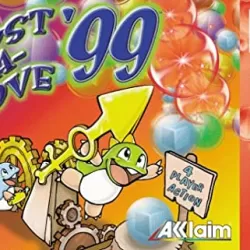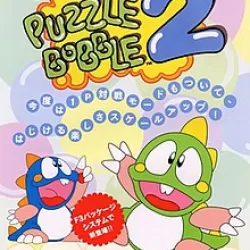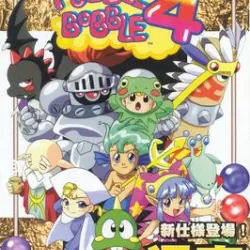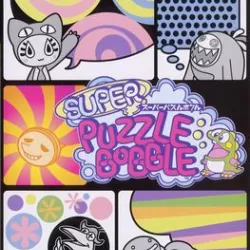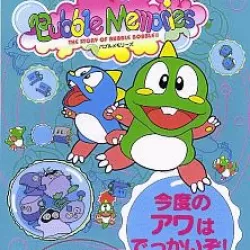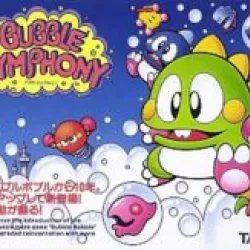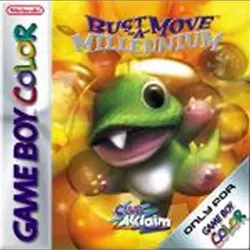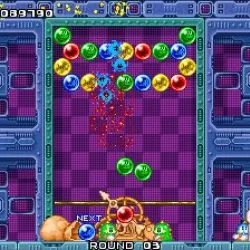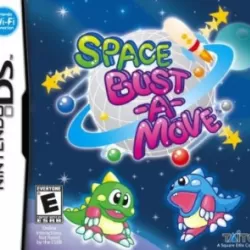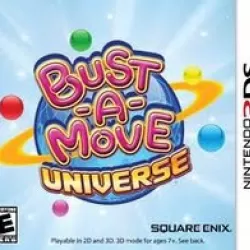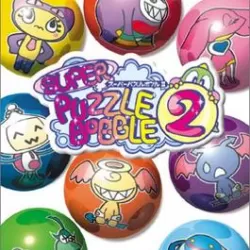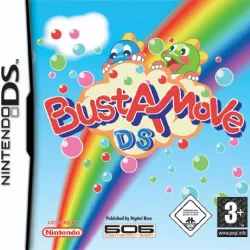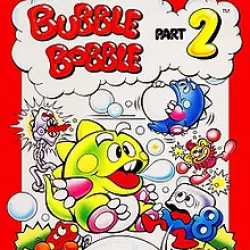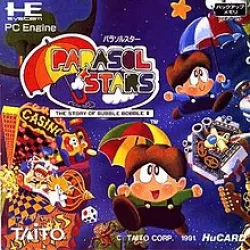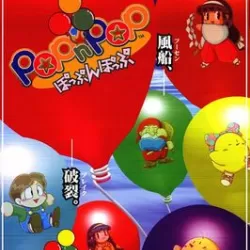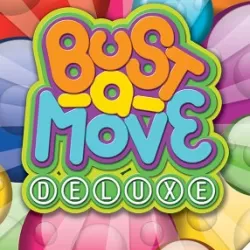Bust-A-Move '99
Details: Video game
Descr: Puzzle Bobble 3 is an action puzzle video game developed by Taito. The second sequel to Puzzle Bobble, it was released for arcades in September 1996 and later ported to the Sega Saturn, PlayStation, Game Boy, Nintendo 64 and Microsoft Windows. Wikipedia
Initial Release Date: September 1996
Developer: Taito
Arcade System: Taito F3 System
Platforms: Nintendo 64, PlayStation, Microsoft Windows, MORE
Genres: Puzzle Video Game, Strategy game, Strategy Video Game
Publishers: Taito, Acclaim Entertainment, Square Enix, Natsume, Xplosiv
Descr: Puzzle Bobble 3 is an action puzzle video game developed by Taito. The second sequel to Puzzle Bobble, it was released for arcades in September 1996 and later ported to the Sega Saturn, PlayStation, Game Boy, Nintendo 64 and Microsoft Windows. Wikipedia
Initial Release Date: September 1996
Developer: Taito
Arcade System: Taito F3 System
Platforms: Nintendo 64, PlayStation, Microsoft Windows, MORE
Genres: Puzzle Video Game, Strategy game, Strategy Video Game
Publishers: Taito, Acclaim Entertainment, Square Enix, Natsume, Xplosiv
